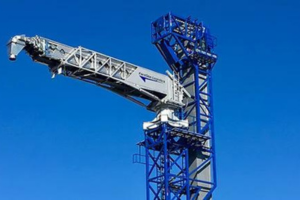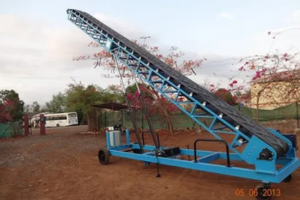The Job of Conveyors in Vertical Transportation of Tools
Sorts of Conveyors for Vertical Transportation of Tools

Bucket Conveyors

Vertical Belt Conveyors

Spiral Conveyors
Advantages of Using Conveyors in Vertical Transportation of Tools
- Efficient Apparatus Access: Conveyors guarantee that tools are promptly open on various floors, reducing the time and exertion expected to recover fundamental gear.
- Labor Savings: Via automating the vertical transportation of tools, conveyors minimize manual handling and decrease the gamble of specialist weariness and injuries.
- Enhanced Productivity: Tools are shipped rapidly and proficiently, minimizing free time and contributing to a more streamlined work process.
The Main Pieces of Conveyors for Vertical Apparatus Transportation
- Conveyor Belt/Buckets: These parts give a steady surface to transporting tools and hardware vertically.
- Drive System: The transport’s drive framework drives the vertical development of tools, ensuring exact and controlled transportation.
- Control System: The control framework directs the transport’s activity, enabling mechanized apparatus transportation and integration with other lift industry hardware.
Uses of Conveyors in Vertical Transportation of Tools

Maintenance and Repair
New Installation Projects


Amassing and Stockpiling
Loadout and Truck Stacking


